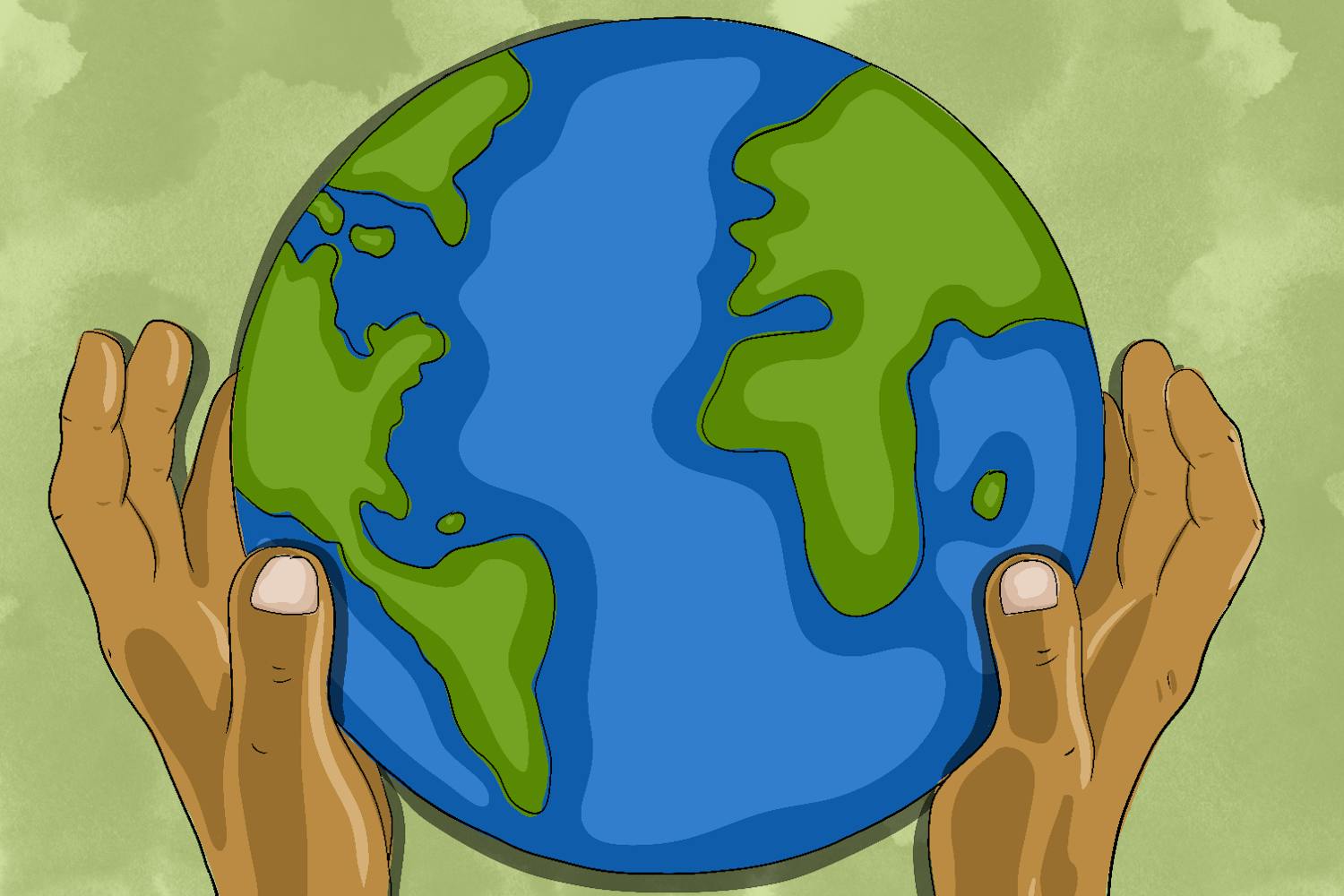Ah, the hot dog. Favorite dish of revelers at summer barbecues, ball games and eating contests. An American classic. Also, a cold-blooded killer.
Choking on food kills more than 60 children under age 10 in the U.S. each year while thousands more are treated in emergency rooms — and about 17 percent of these food-related asphyxiations are caused by hot dogs, according to a statement released by the American Academy of Pediatricians Feb. 22.
Hot dogs, according to the statement, are such effective assassins because they are “cylindrical, airway sized, and compressible,” which allows them to wedge tightly into a child’s throat and completely block the airway.
Other “high-risk” foods cited in the statement include hard candy, peanuts, seeds, whole grapes, raw carrots, apples, popcorn, chunks of peanut butter, marshmallows, chewing gum and sausages.
Faced with such obvious and overriding danger, the nation’s largest pediatrician group suggested that food manufacturers “design new foods and redesign existing foods ... to avoid shapes, sizes, textures, and other characteristics that increase choking risk to children.”
“No parents can watch all of their kids 100 percent of the time,” Gary Smith, the lead author of the AAP statement, said in an interview with USA Today. “The best way to protect kids is to design these risks out of existence.”
Has it really come to this? Capable parents can “redesign” dangerous foods themselves, by cutting them into manageable chunks in their own kitchens.
This lack of personal culpability is rampant: A recent survey by the Quinnipiac University Polling Institute found over three-fourths of New York voters are in favor of a tax on soft drinks. Voters also support initiatives forcing restaurants to post calorie counts and reduce the salt content of their food, the survey showed.
It would seem that we’ve gotten to a point at which the majority of Americans don’t even trust themselves to make responsible decisions when it comes to food.
In its statement, the AAP also proposed adding warning labels to foods that pose a choking hazard — which, if I’m not mistaken, could potentially be every solid food.
Nearly every food is dangerous if eaten improperly. Even water is poisonous if ingested in too great an amount — do we need to slap warning labels on our bottled aqua?
Because people are too dense to see even the most obvious dangers, we now have labels on coffee cups alerting us that they may be hot, sleep aids that warn us the drugs “may cause drowsiness,” and curling irons admonishing that they’re “for external use only.”
We shouldn’t need labels warning us of the obvious, and we shouldn’t need to design every potentially dangerous thing into a safer, blander version of its former self.
We need less babying, and more common sense.
And we probably need to chew our food a little more.
Zach once won $50 in a hot dog eating contest. E-mail your death-defying tales of ingestion to zfowle@asu.edu



